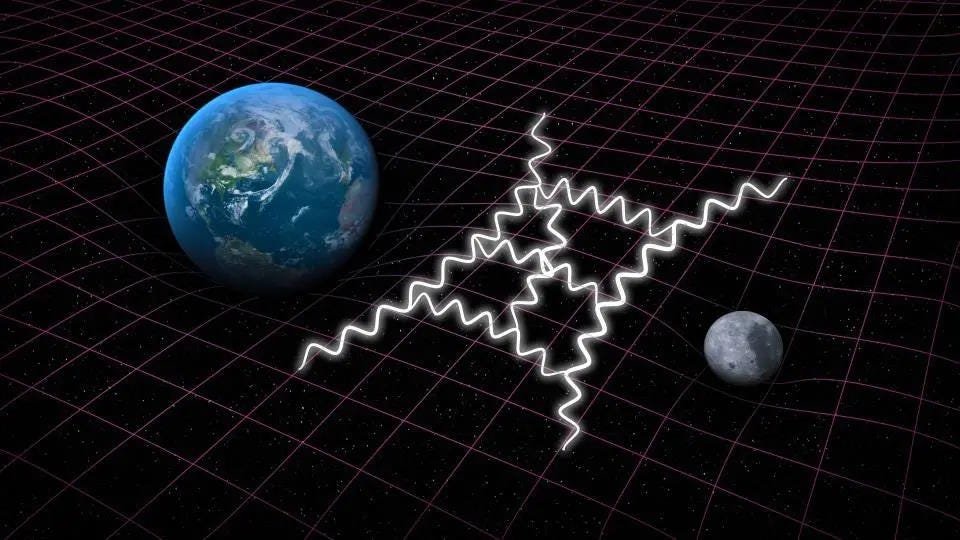For generations, physicists have been searching for a quantum theory of gravity. But what if gravity isn’t actually quantum at all?
The two greatest leaps of 20th century physics still leave physicists grappling to understand how it’s possible, at a fundamental level, that they can coexist. On the one hand, we have Einstein’s general theory of relativity (GR), which treats space as a continuous, smooth background that’s deformed, distorted, and compelled to flow and evolve by the presence of all the matter and energy within it, while simultaneously determining the motion of all matter and energy within it via the curvature of that background. On the other hand, there’s quantum physics, governed at a fundamental level by quantum field theory (QFT). All the quantum “weirdness” is encoded in that description, including ideas like quantum uncertainty, the superposition of states, and quantum indeterminism: fundamentally anti-classical notions.
Traditionally, approaches to unify the two have focused on quantizing gravity, attempting to place it on the same footing as the other quantum forces. But a series of new papers, led by Jonathan Oppenheim, takes a very different approach: creating a “postquantum” theory of classical gravity. It’s led to questions by many, including Patreon supporters Cameron Sowards and Ken Lapre:
“I’d love to see your thoughts about the just published postquantum theory of classical gravity.”
“[A]ny chance you have the time and inclination to explain this paper in English so non-physicists could take a stab at understanding it?”
It’s a big idea that, importantly, is still in its infancy, but that doesn’t mean it doesn’t deserve consideration. Let’s first look at the problem, and then, the proposed solution inherent to this big idea.
It’s often said that General Relativity (GR) and Quantum Field Theory (QFT) are incompatible, but it’s difficult for many to understand why. After all, for problems are only concerned with gravity, using GR…

